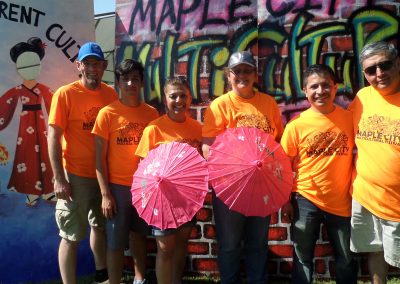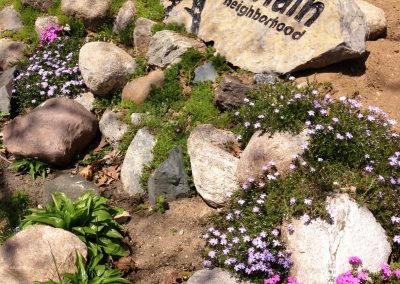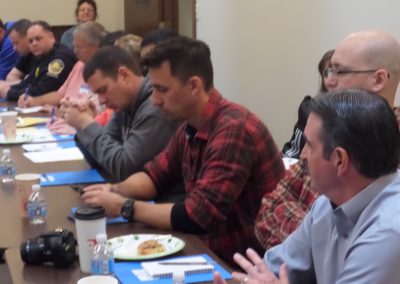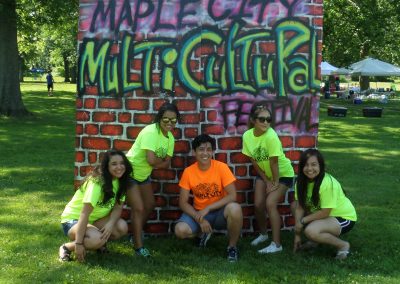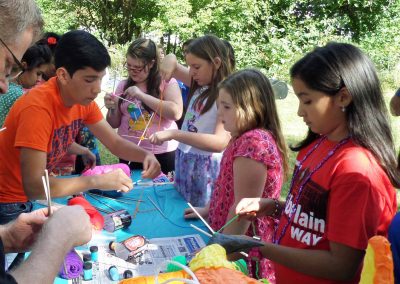Goshen
Lacasa’s Goshen Community Engagement Specialist works with residents to build and sustain neighborhood associations according to the City’s criteria for official recognition. Goshen’s Neighborhood AssociationsGoshen
Lacasa’s Goshen Community Engagement Specialist works with residents to build and sustain neighborhood associations according to the City’s criteria for official recognition. Email our Goshen Community OrganizerGoshen’s Neighborhood AssociationsCriteria for City of Goshen’s Neighborhood Recognition Program 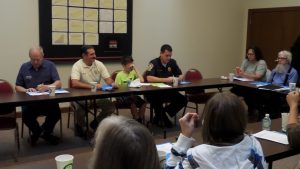
- Geographically distinct boundaries
- Voluntary membership for all who live or own property within boundaries
- Meetings must be open to all interested people
- The association must have a Board of Directors and/or Officers elected by its general membership
- The association must adopt and follow its own bylaws
- The association must maintain the capacity to represent its members by holding a minimum of one annual meeting and by conducting outreach a minimum of twice per year.
Key Concepts and Why They Matter
Open Meetings
OPEN MEETINGS and general access are vital for ensuring good representation. This is true at any level of government. It’s true of senators, of city council representatives… and of neighborhood board members or block captains. If there’s not an open line of communication between an office holder and his/her constituent, it’s not real representation.
*Lacasa recommends a minimum of 4 meetings a year, with the schedule (including location, date, and time) publicized well in advance. Regular monthly meetings are most effective in accomplishing goals and building a larger core group of leaders within a neighborhood.
Outreach
OUTREACH is public participation that involves people in problem-solving or decision-making. Lacasa recognizes outreach as a multifaceted, ongoing process. Neighborhoods are all a bit different, but successful outreach will include a combination of tactics. A website, Facebook page, email list, telephone tree, flyer, newsletter, or an old-fashioned, face-to-face conversation: each of these communication approaches has value. Using as many as possible is the best way to build a strong, diverse base of active neighborhood leaders.
Elections
ELECTIONS are intended to reflect the will of the voters — whether they’re to elect the President of the United States or the president of a neighborhood association. There are many voting systems and it makes sense to research the various options. At a minimum, a board member should earn the votes of more than half of all the voters in any given election. For example, if 20 people vote in an election, no candidate that receives fewer than 11 votes should win a seat on a neighborhood board.
Lacasa’s Neighborhood Outreach Coordinator recently polled residents who were in the process of forming an association about traits they wanted in neighborhood board representatives. The most popular answers are below.
Desirable Traits in a Neighborhood Representative (in order of popularity):
- Someone with TIME to give
- Fairness/Integrity
- Someone to provide a good example
- An advocate for the neighborhood
By-Laws
BYLAWS are basic rules that everyone agrees to follow. In addition to laying out the mission, purpose and goals of the association, bylaws spell out important details about who is eligible to do what, when and how within a neighborhood leadership context. For example, should the same person be president of an association for 10 years straight? Should two people from the same household be allowed to serve on the board at the same time? Such matters should be addressed in an association’s bylaws. They don’t need to be highly detailed or written in legalese; they should be clear and easily understood by the association membership. They can be amended as needed, usually with large majorities required to adopt any changes. It’s easy to find templates and samples online – or to borrow language from seasoned neighborhoods.



